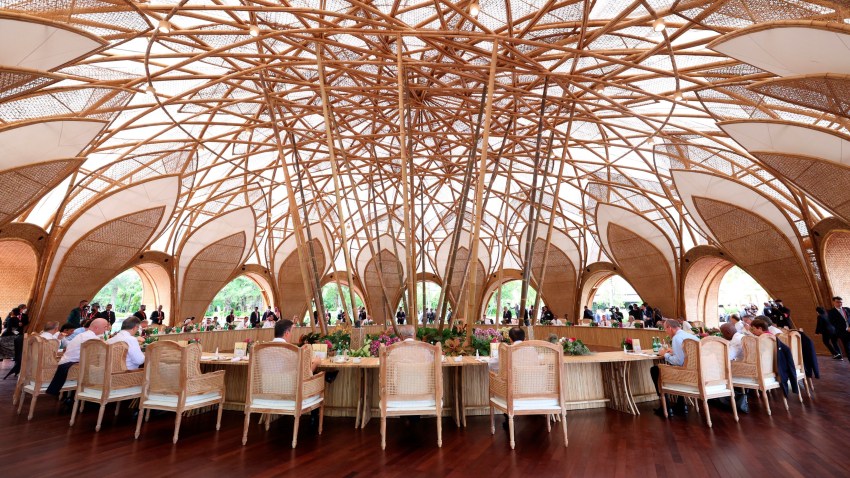During a gala this week at the Russian Embassy in Washington, Russia’s ambassador to the United States, Anatoly Antonov, assured representatives from a host of African nations that, despite the war in Ukraine, Moscow remained “firmly committed to developing strategic partnership with our African friends.” Through their joint efforts, he added, “the continent will become one of the leaders of the emerging multipolar world order.”
There is much to unpack in Antonov’s statement, but it rests on a key idea: that the world is becoming multipolar. Is that indeed the case?
A term widely used among scholars and analysts of international politics, “multipolarity” refers to an international system dominated by multiple major powers. The Cold War, dominated by the U.S. and the Soviet Union, was clearly a period of bipolarity. The era immediately following the Soviet Union’s collapse, in which the U.S. emerged as the world’s sole remaining major power, is commonly referred to as Washington’s “unipolar moment.”

